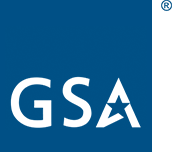Contributing to the Handbook
So you want to contribute to the Handbook? Great! We're glad you're here. This project is fully crowd-sourced, and thus its success hinges on whether people like you correct typos, update stale content, or make pages more readable.
How to update the handbook
We have a guide for updating the Handbook, because writing guides is the TTS way!
Public domain
This project is in the public domain within the United States, and copyright and related rights in the work worldwide are waived through the , external,CC0 1.0 Universal public domain dedication.
All contributions to this project will be released under the CC0 dedication. By submitting a pull request, you are agreeing to comply with this waiver of copyright interest.

